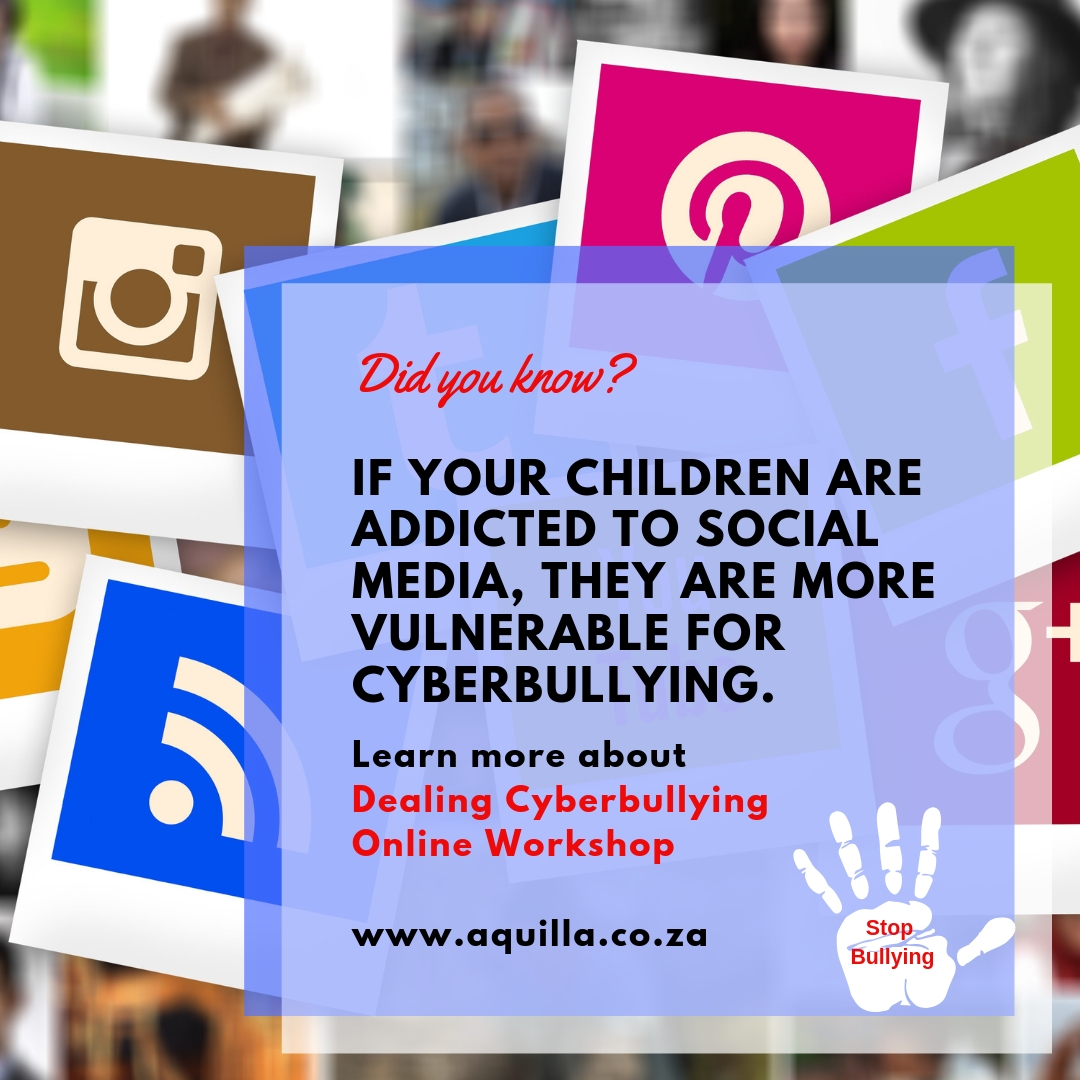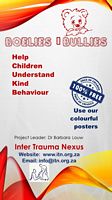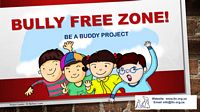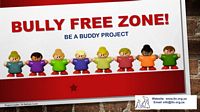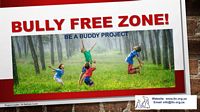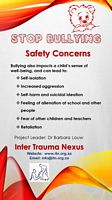Stop Bullying
Stop Bullying
- Details
- Category: Stop Bullying

The story of Stevie the hedgehog, our stop bullying mascot.
As I was working on the most severe case of bullying, a young boy told me that he feels like a little hedgehog at school. Let’s call the boy Stephan.
Stephan explained that everyone at school makes a big deal of the popular kids who behave like unruly buffalos and angry lions, while they are trampling all over him. He was literally kicked and scuffed around like a hedgehog-ball. The bullying went to extremes and the teachers in school didn’t believe what happened behind their backs.
I listened in amazement to what Stephan endured and that reminded me of his namesake in the Bible. In the book of Acts we read about Stephan who was one of the seven chosen to assist the apostles. He became the first Christian martyr. The beautiful thing about his name is not the pain that he went through and the way his life ended, but the meaning. Stephan means ‘crown’.
The boy, Stephan, and I went on a counselling journey to find out as much about real hedgehogs as possible because we wanted to change the narrative of his story.
Real hedgehogs
The Four-toed Hedgehog (Atelerix albiventris) lives in the forests and deserts of Africa. This hedgehog has a long, pointed snout, round eyes and oval ears. This species of hedgehog gets its name from its back feet. The back feet have only 4 toes each, while its front feet have five toes each. Curved claws make hedgehogs amazing diggers.
The hedgehog primarily depends on a strong sense of smell and exceptional hearing. Four-toed hedgehogs vocalize by hissing, growling and chirping.
Some people call this little mammal a pincushion with legs! The reason is that most mammals have fur or hair that is supple and soft. The hair on the back of a hedgehog is a thick layer of spikes known as quills. These quills are modified hairs made of keratin, the same stuff our hair and fingernails are made of.
Hedgehogs can be white or light brown to black, with several shades found in bands along with their quills. Their belly, face, and neck are covered in coarse hair. Some hedgehogs have a dark brown or black mask across their eyes
The hedgehog’s best defence against predators is its spiky outer armour, with about 5,000 to 7,000 quills covering its back. When threatened, the hedgehog raises its quills upright in a crisscross pattern, making its body pointy and sharp. Then it uses the belly muscles, back muscles, and extra skin to tuck in its head, legs, and tail to curl into a complete ball, protecting its soft belly. The solid ball of spikes is hard for predators to open, hiding its most sensitive body parts, its head, feet and belly.
Hedgehogs are active at night—but sleep all day, up to 18 hours! They also hibernate in the winter.

Quick facts
Length: 10 to 30 centimetres, depending on species.
Weight: 155 to 1,584 grams, depending on species.
Hedgehogs can travel up to 3 kilometres a day and move at a speed of up to 2 meters per second.
The hedgehog makes lots of foamy saliva in its mouth and smears it over its quills. It may do this to keep parasites off the skin or to make its quills taste bad to predators.
Hedgehogs love to eat insects, earthworms, snails, and slugs. They eat eggs, small mammals, birds, frogs, reptiles, fruit, fungi, and roots. They have also been known to eat poisonous snakes. When a desert hedgehog wants to eat a scorpion, it must first bite the stinger off the tail.
Choosing a mascot
More people started to share their stories of how they are being bullied. Most of them could only withdraw into themselves, just like the hedgehog rolls into a spiky ball for self-protection. In counselling and raising awareness to stop bullying, we helped them to see that they are not the problem. They can stand up and get assistance to say ‘no to bullying’.
As this grew into a full-fledged research project and awareness endeavour we needed a mascot. The team at Inter Trauma Nexus chose the little hedgehog and called him Stevie.
Before getting a hedgehog as a pet, please visit Christian's site.
Online Courses
There are two online workshops on the topic of bullying that may interest you: Addressing Bullying and Dealing with Cyberbullying. Completing the workshop takes about 5 hours and you can do it in your own time. Ideal for self-development, for parents, educators and all professionals. There are CPD & CPTD points allocated to both online workshops.
Sources
https://animals.sandiegozoo.org/animals/hedgehog
https://koalapets.com/hedgehog-good-pet/
https://www.awf.org/blog/cute-tough-african-hedgehog
Photo: www.pixabay.com
- Details
- Category: Stop Bullying

(Picture: Needpix)
What everyone needs to know about grieving children.
Whether the loss is a friend, a classmate, a parent, or even a beloved family pet, the grieving process can be difficult and every child will grieve in his own way.
Although you can’t shield children from loss and the pain of death may cause, you play a major role in helping them feel secure and cope in the healthiest way possible.
Knowing what to say and how to support children during this time isn’t easy. It is likely that you, too, are grieving and trying to deal with your own emotions. For this reason we find that most people rather avoid talking to the young ones or just tell them to stay strong.
Stay strong… what does that mean. Don’t cry? Don’t feel? Or you have to cry?
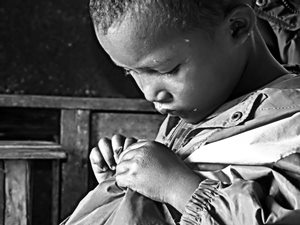
(Picture: Pexel)
It is a fact that children grieve differently from adults. Young children may not even understand what death means, or that people who have died won’t be coming back. They may worry they have done something to cause the death. On the other hand, they might not seem too concerned about it, or even go from crying one moment to wanting to play the next.
In most communities in South Africa nobody talks to the kids when someone passes on. They are forced into a pattern where life must just go on. We found that children are just sent to school the day after parents passed on, without caring support.
Children are born small, not senseless. The fact is they know something is missing and life changed in that moment. Let’s give them the best loving support and comfort possible.
Parents, caregivers, counsellors and educators wondering how they can help will find various guidelines on child and adolescent grief. In this online workshop explanations are broken down into a range of ages and experiences, and information about what to say, who should say it, what to look out for and how to help.
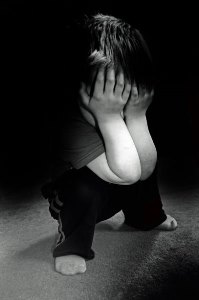
(Picture: publicdomainpictures)
The online workshops addresses the following:
- Reactions form children between 2 and 4
- Reactions form children between 4 and 7
- Reactions form children between 7 and 13
- Reactions form children between 13 and 18
- When is professional help necessary?
- Taking care of your own grief
- How you as a professional (educator, counsellor or care giver) can help.
Course is compiled by Dr Barbara Louw and as facilitator she will monitor your progress and make suggestions when needed. She also presents group workshops and face to face counselling on this topic.


The online, self-paced workshops are in English and Afrikaans.
Starts on 29 February 2020.
The cost is R 400.
We use a secure online payment system. If you are uncomfortable with online payment, please use the off line EFT option. You will receive an invoice and as soon as you confirmation of payment is received you will have access to the material.
CPD points from CPSC/ACRP and CPTD points from SACE applies.
You will be able to download your certificate immediately after you complete the course.
- Details
- Category: Stop Bullying
Warning Signs of Social Media and Internet Addiction:
- Compulsive use of the internet
- Failed attempts to control behaviour
- Neglecting sleep to stay online
- Even online when using the toilet
- Lower appetite
- Withdrawing from studying and working
- Becoming very angry when the internet is disconnected.
- Extreme FEAR of missing out (also known as FOMO)
Dr Barbara Louw compiled our online workshop on Dealing with Cyberbulling. This self-paced workshop provides a valuable oversight on aspects of this fast growing problem.
Let's Stop Bullying in our communty!
We offer counselling, coaching and training fro parents, granparent, teachers, counsellors and pastors.
There are CPD points awarded for this online workshop.
- Details
- Category: Stop Bullying
Bullying, conflict and being hurt.
By Dr Barbara Louw

This infophafic illustrates how memory is impacted by the trauma of bullying.
People seem to minimize the impact of bullying by saying it is just a little conflict or squabbling between two parties. The reality is that bulling is controlling behaviour where there is a power imbalance.
In bullying, this imbalance starts with a perception of being ‘superior’ over someone who seem to be ‘inferior’, in one or many ways. This perception can come from elevated social status, being physically larger, older, and more popular. Deep-rooted causes include jealousy and bitterness. People who bully perceive their target as a weak, vulnerable coward. The bully seem to find some satisfaction in hurting, harming and humiliating someone else.
- Details
- Parent Category: Stop Bullying
- Category: Community
Free Colour Page/s
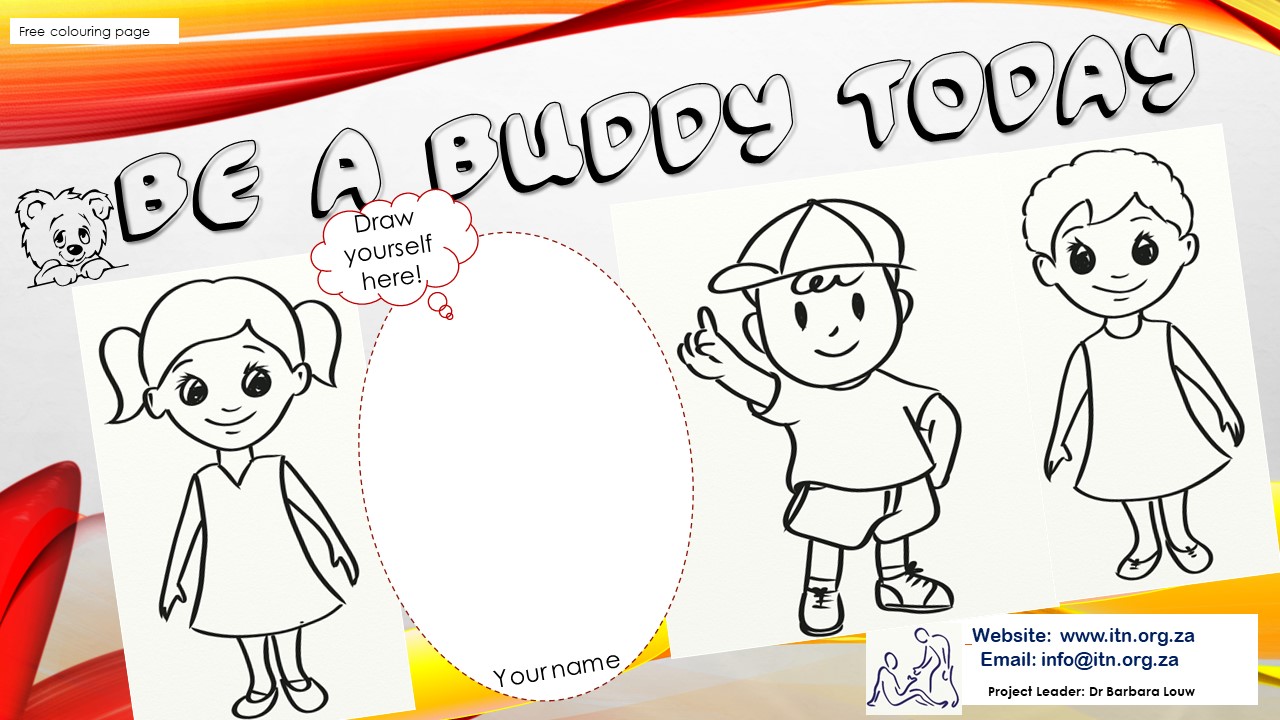
Bullying touches the community on multitude levels. We are committed to help our society heal and become well by creating awareness and educating parents, educators, pastors and counsellors how to deal with bullying.
Children will be introduced to the project under the colourful banners of "Be A Buddy Project", with a bear as the mascot.
Our approach to dealing with the effects, causes and aftermath of bullying includes solutions focused interventions. At every talk, workshop and seminar we present, we work with the school, church or workplace to explore solutions that are suitable for them.
Here is a set of 'Stop Bullying'- posters to assist you to raise awareness in your organization.
Please download, print and spread as wide as possible!
Bully Free Zone! - Posters
Awareness of Concerns - Posters
Afrikaanse plakkate hier beskikbaar!




